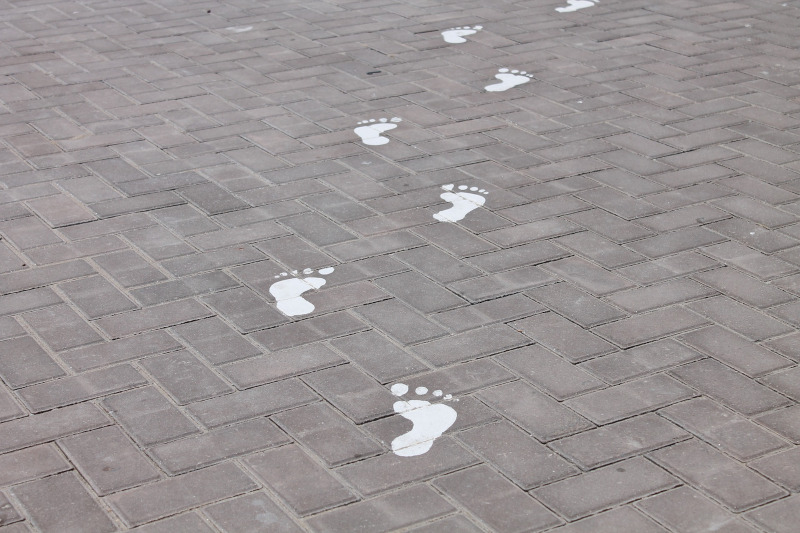Benefits of NFTs - 3
We continue to look that various ways that an NFT would add value to an object.
In our mini series first we looked at the concept of value and what constitutes ‘value’ in a typical art object. In following post, we continue with exploring how NFT would add value to such an object.👇
We continue from last post on looking at benefits an NFT would bring. We will dive into traceability and fragmentation, two important attributes that NFT has brought to table.
Traceability
Another critical subject for any art piece is the previous owners of that object. If an object belongs to a (or previously held by) a well known collector, the ‘reputation’ or ‘attractiveness’ of it goes up significantly. However, in a classical sense, it requires a lot of time and effort to figure out such ownership.
This process takes seconds with blockchain technology. All you need is the contract number and id (if it is a multiple piece collection) of the NFT. After that, you can go to any blockchain explorer (e.g. etherscan for Ethereum) enter the id, hit search and all the transaction history of that piece will be in front of you. Literally in seconds!
 |
|---|
| Image by Abby Haukongo) from Pixabay |
Just like in authenticity, there are enormous cost benefits as well as time saving opportunities, which may result in higher velocity in trading activity and potential value created for both sellers and buyers.
Fragmentation
Unlike an art piece that is unique and intact, an NFT itself is a piece of code and can be broken into as many pieces as you want.
Fragmentation brings many opportunities to the art world. For many in the art world, the ownership of a piece is highly desirable (some may call it irrational, but that is up for a debate with which I disagree) however it could be quite costly. If you give them the opportunity these people would gladly get a partial ownership of a very valuable piece. After all, wouldn’t you want to own a piece of Mona Lisa, even if it is a tiny bit?
For any collector with significant resources, this brings a good investment opportunity. Buying an expensive art piece, putting it into smaller pieces (you can add a certain premium as well) and selling it to the public would be quite profitable. Those who buy these pieces may either keep them and show off or just hold them for a while before selling (hopefully) for a higher price in the future.
Needless to say, this feature would increase the potential salability of an art piece (hopefully) for a higher price, thereby bringing additional benefit to the creator of the asset.
To be continued…
We will continue to explore the benefits of NFT in our future posts…
This piece was first published in BlockchainIST Center on October 24th, 2022.
None of the views expressed in this article should be considered as investment advice


